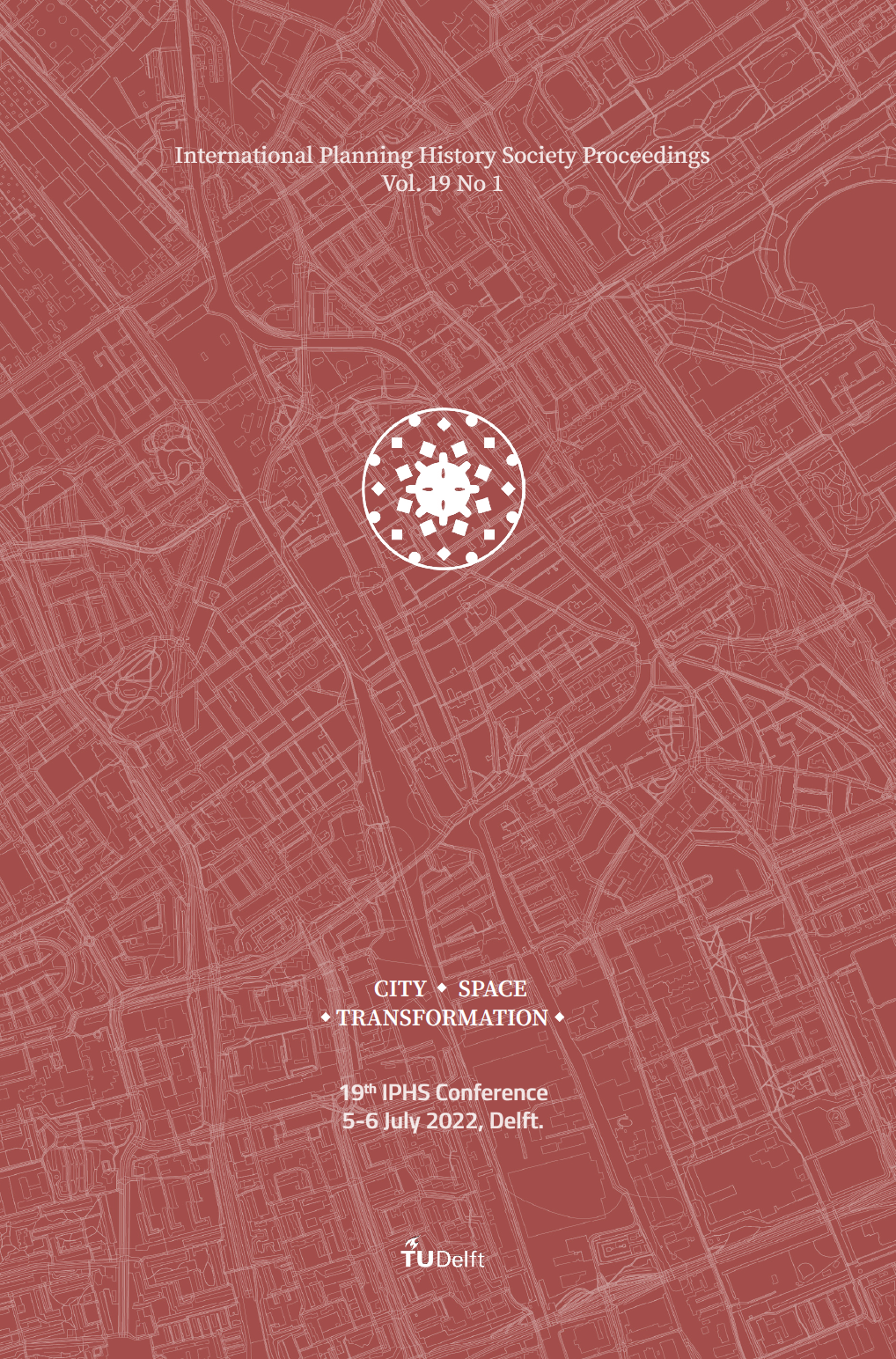Industry and Pannonian City
The Transformative Role of Industry for the Modern Development of Middle-size Cities in Northern Serbia
DOI:
https://doi.org/10.7480/iphs.2022.1.6441Abstract
Industrialisation and the related rise of a modern city in Eastern Europe have had very different development trajectories than those in Western Europe due to the changes of both political and economic systems. This can be seen on the example of the development of industry in six middle-size northern Serbian cities in Pannonian Plain that passed through three noticeable periods: (1) early industrialisation in an emerging capitalism of Austro-Hungarian Monarchy in late 19th and early 20th century, (2) planned industrialisation in socialism in the second half of 20th century of Yugoslavia and (3) de/reindustrialisation tendencies in post-socialist transition since the 1990s. All three periods of industrial development have left immense consequences on the cities, their urban fabric and land use. Hence, the aim of this paper is to explain the pace of industrial development in six selected cities since the rise of capitalism in early modern periods in 18th century, as well as their spatial and social impact on urban fabric and urban planning and regulation thereof. This research thereby gives an insight into the locally rare examination of an industry-driven urban development, contributing in the understanding of this, generally underestimated planning legacy.
Downloads
Published
How to Cite
Issue
Section
License
Copyright (c) 2022 Branislav Antonić, Aleksandra Djukić

This work is licensed under a Creative Commons Attribution 4.0 International License.

